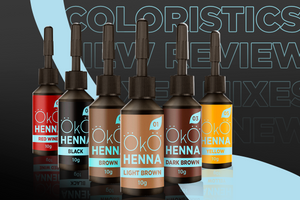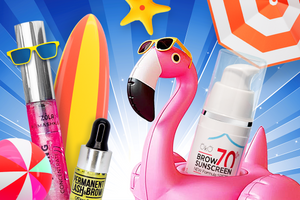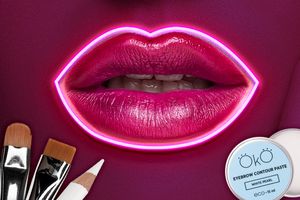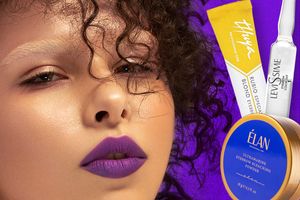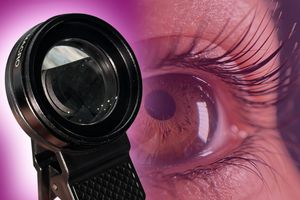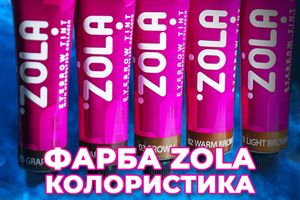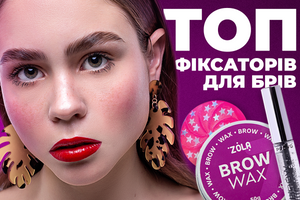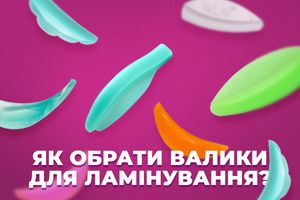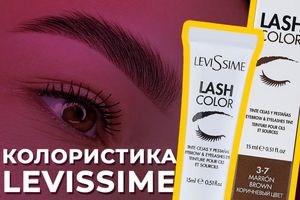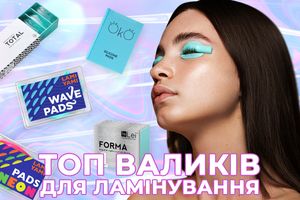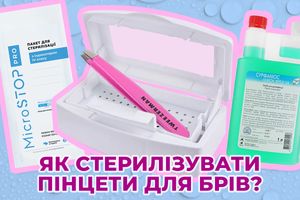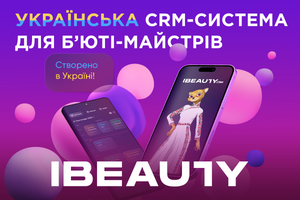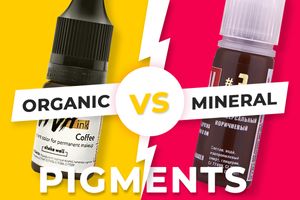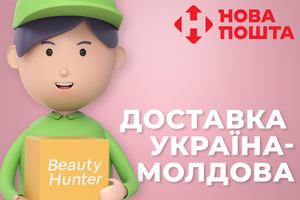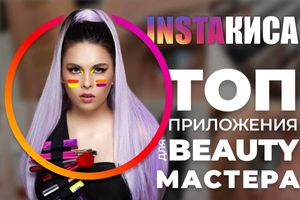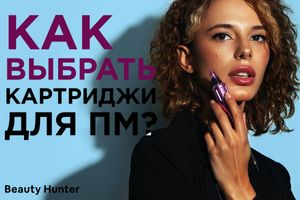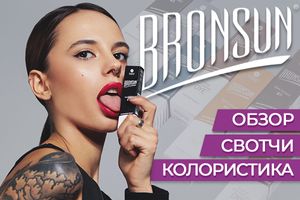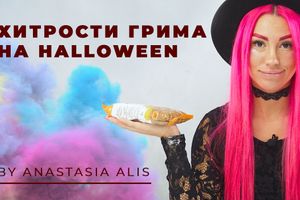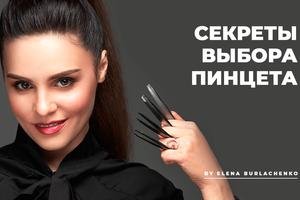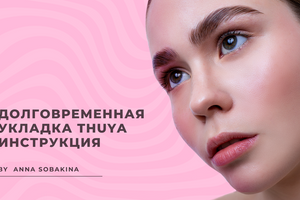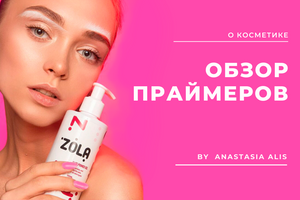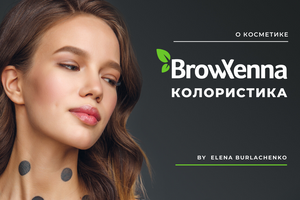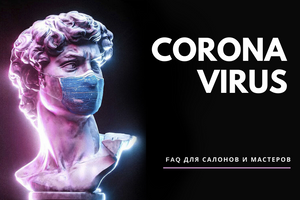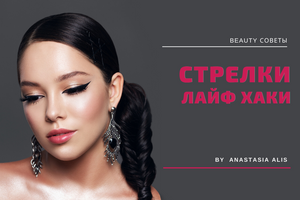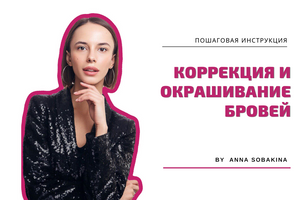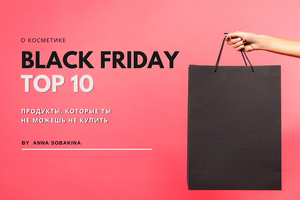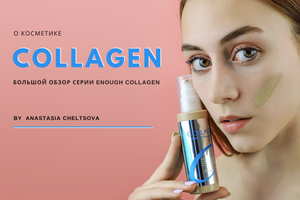Pain relief is one of the most crucial stages for ensuring client comfort during the permanent makeup procedure. It is important to choose the appropriate method of anesthesia depending on the permanent makeup area, client's pain threshold, and considering the specific effects of anesthesia on the skin. In this blog, we will discuss anesthesia for permanent makeup, the different types available, which one is best suited for specific areas, and the top products in the permanent makeup market.
I am Elena Burlachenko, speaker and instructor at Beauty Hunter LAB, as well as an eyebrow artist, makeup artist, and permanent makeup master.
Types of Anesthesia in Permanent Makeup
There are two fundamentally different types of anesthesia used for pain relief during the permanent makeup procedure:
- Primary anesthesia (also known as topical anesthesia) is designed for basic pain relief in the immediate area before the permanent makeup or microblading procedure. It is typically available in the form of creams or gels and is applied to the area for 10-30 minutes, covered with plastic wrap, prior to the procedure. It is only applied to intact skin!
- Secondary anesthesia is used during the procedure on the previously needled skin. It provides instant pain relief and vasoconstrictive effects while reducing lymph production. It has a liquid consistency that improves penetration into the deeper layers of the skin.

Which Anesthesia to Choose for Permanent Makeup
First, it is important to understand the specific procedures you will be performing and in which areas. The most common procedures include:
- Permanent eyebrow makeup
- Permanent lip makeup
- Permanent eyeliner and lash enhancement
- Permanent makeup correction
- Permanent makeup removal with a remover
Primary anesthesia is most commonly used for lip makeup correction, pigment removal, and procedures involving the eyes (such as eyeliner or lash enhancement). Primary anesthesia helps alleviate any discomfort and is especially suitable for those who fear pain or have a low pain threshold. It is applied to the skin before the procedure for initial pain relief. The exposure time can vary from 10 to 30 minutes (be sure to follow the recommended application method provided by the brand).
Secondary anesthesia is used during the actual permanent makeup procedure to provide better pain relief and a more comfortable experience. Due to its working principle, secondary anesthesia also lightens the skin, making it easier to see how the pigment settles. Secondary anesthesia only works on previously traumatized skin. I use it during eyebrow and lip permanent makeup procedures, applying it for 5-10 minutes under plastic wrap. For the eyes, it is recommended to use a specialized anesthetic.
Top Products for Primary and Secondary Anesthesia
Top Primary Anesthesia Products:
GeLido Anestetico - One of the best and most effective primary anesthesia products. A small tube is sufficient for 60-90 procedures, depending on usage. The effect lasts for only 10-15 minutes. It is recommended not to apply it under plastic wrap for thin skin.
B-caine - A powerful primary anesthesia suitable for all types of work, including permanent makeup, cosmetics, and tattoos. It can be applied without an applicator for 15-20 minutes. It is sufficient for 100-120 clients, depending on usage. Ideal for highly sensitive clients. Provides effective and long-lasting pain relief.
TKTX Blue Gel 40% - A classic choice among permanent makeup artists. It contains lidocaine and prilocaine at 5%, ensuring maximum pain relief. It can also be used for tattoos.

Top Secondary Anesthesia Products:
Sustaine - A beloved choice for permanent makeup. It has the best formula, combining Epinephrine, Tetracaine, and Lidocaine. It does not cause vascular spasms and leaves the skin elastic. It can be comfortably applied to the wounded surface and is very economical.
TKTX Gel - This anesthetic has a pronounced anti-inflammatory effect due to the coagulant in its composition. It reduces bleeding and speeds up the healing process of damaged skin. The anesthetic provides long-lasting pain relief (up to 4 hours). Its ingredients include Lidocaine, Epinephrine, and Tetracaine.
Goochi - A budget-friendly option for a quality and effective anesthetic. It provides quick action, pain relief, and vasoconstriction.

Recommendations for Permanent Makeup Artists
- Do not apply too much secondary anesthesia as it constricts blood vessels and makes the skin rigid, which can hinder pigment insertion.
- When using any type of anesthesia, be careful to avoid getting the solution on the client's ocular mucosa (eye surface).
- Always inquire about the client's allergies to anesthesia components, such as lidocaine and epinephrine. Ideally, perform an allergy test before the procedure.
- The most potent pain-relieving products are B-caine and Sustaine Blue Gel. They provide the maximum possible pain relief without causing significant vascular spasms or swelling.
That's all from me, kittens. It was Elena Burlachenko. Love you all, signing off in English.




















































































